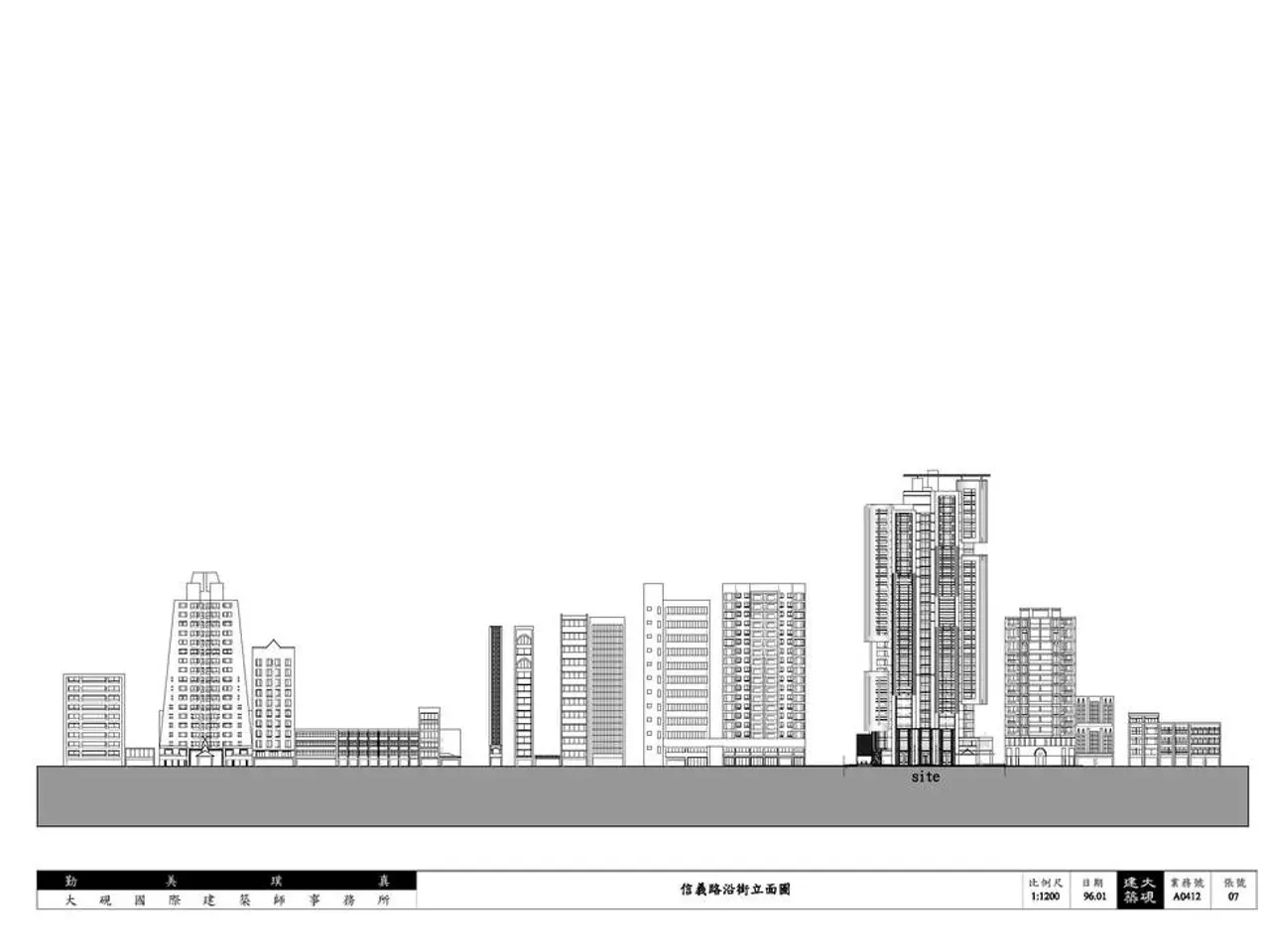Home Improvement Delay: reasons why 2025 presents unique challenges in upgrading your dwelling
Rising Challenges for Home Renovations in 2025
Home renovations in 2025 are facing significant hurdles, primarily due to soaring construction material costs, rising labor wages, and stricter planning approvals. These factors are making renovations more expensive and complex.
Key materials like insulation, pre-cast concrete, cement, bricks, plastic pipes, and metal fittings have seen price increases exceeding 50%. Labor costs for trades such as electricians and scaffolders have risen by approximately 9-14% over the past year. Additionally, planning approvals have decreased, adding regulatory hurdles that delay or limit renovation projects.
In the face of these challenges, homeowners and builders are adopting various strategies to manage costs and navigate the complex landscape.
Budget Reassessment and Prioritization
Homeowners should reassess project budgets, focusing on essential improvements, and considering postponing non-critical renovations until costs stabilize.
DIY and Sweat Equity
For those able, performing some renovation tasks themselves can reduce labor costs, although this requires skill and effort.
Early and Thorough Planning
Given tougher planning regulations, starting the approval process early and ensuring complete documentation can help mitigate delays.
Material Sourcing Flexibility
Exploring alternative or locally available materials that meet building codes and aesthetic requirements may reduce expenses, though some projects face strict mandates on material sourcing and design style, which can add cost and complexity.
Engaging Professionals with Regulatory Expertise
Working with experienced architects, contractors, or consultants who understand current planning rules can help navigate approvals more efficiently.
Adopting Technological Tools
Construction industry trends in 2025 emphasize technology adoption that can improve efficiency, cost estimation, and project management, potentially offsetting some cost pressures.
Phased Renovations
Breaking projects into smaller phases allows for spreading costs over time and adjusting plans as economic conditions evolve.
These challenges are part of a broader industry scenario where inflationary pressures, labor shortages, and evolving regulations coexist, requiring homeowners and builders alike to be more strategic and adaptive in 2025.
Many homeowners are delaying, downsizing, or avoiding renovations altogether due to rising costs and the difficulty in securing planning permissions. Some are opting for cosmetic upgrades or energy-efficiency improvements that cost less and have shorter timelines.
The drop in planning approvals is more pronounced in some regions, with the North East seeing a 29% decrease compared to five years ago, and the Midlands and South West also experiencing declines over 23%. The average price of construction materials has risen by more than 37% since the start of 2020, according to ONS data.
In conclusion, renovation requires greater patience, careful budgeting, and often a scaled-back approach in the current climate. Some homeowners are scaling back from large extensions to smaller permitted developments that don't require formal consent, such as loft conversions without dormers or garden offices under 15 square meters. The year 2025 is shaping up to be the most challenging year for home renovations in a decade.
- Strict planning approvals, skyrocketing construction material costs, and increased labor wages are making home renovations more costly and complex in 2025.
- To manage costs, homeowners should reassess their project budgets, prioritizing essential improvements and postponing non-critical renovations.
- Performing some renovation tasks independently can help reduce labor costs, but it requires specific skills and effort.
- Starting the approval process early and ensuring complete documentation can help mitigate delays caused by tougher planning regulations.
- Exploring alternative or locally available materials that meet building codes and aesthetic requirements may reduce expenses, though some projects might face strict mandates on material sourcing and design style.
- Working with experienced architects, contractors, or consultants who understand current planning rules can help navigate approvals more efficiently.
- Adopting technological tools in the construction industry can improve efficiency, cost estimation, and project management, potentially offsetting some cost pressures.
- Breaking projects into smaller phases allows for spreading costs over time and adjusting plans as economic conditions evolve, making the renovation process more manageable in the current challenging landscape.




